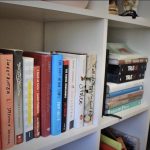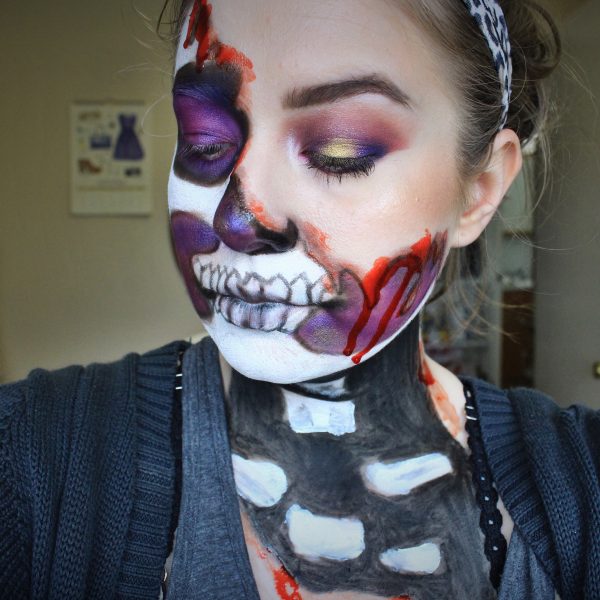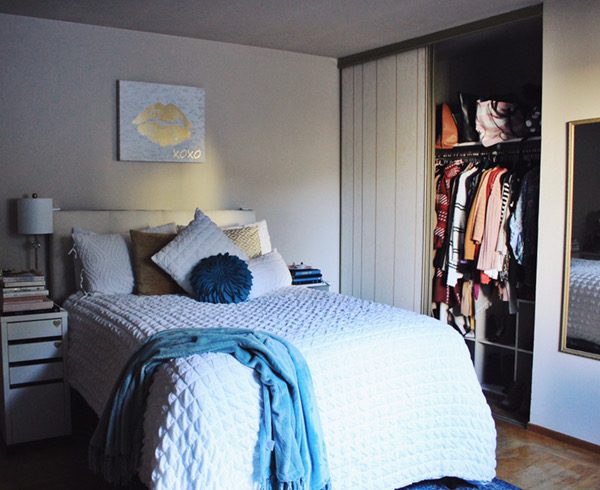No one likes to think about their finances, let’s be honest.
Not only can it be borderline painful, but it also can just feel so overwhelming. Plus the idea of restricting yourself and having to really get it together when it comes to spending can be less than appealing.
BUT (there’s always a but) it also can feel overwhelming and frustrating to be constantly unsure of where your money is going and to be scared to check your bank account. That’s how I felt a few years ago until I finally decided to grow up and get my shit together. I sat down and made a super-specific budget that outlined my entire life and I edited it until it worked for me. When you budget for everything you want to do in your life (with obviously some limitations) you all of a sudden have this newfound confidence because hello, it’s already accounted for in your budget and you don’t need to worry about it.
Related: Budgeting For The Clueless 20 Something
At the beginning of the new year, I sat down and mapped out my budget for the entire year and while it took me forever (and required a couple of glasses of wine) it has truly set me up for success in 2020. I have so many fun things to look forward to and an actual plan to pay for them while still maintaining my other obligations. Not to mention all while saving enough to hit my emergency fund goal and paying off a ton of student loans debt.
If you’re tired of feeling unorganized and freaked out by your finances then start the year off right with an action plan. As someone who use to just spend spend spend, I can tell you with certainty that if I can budget successfully, anyone can.
Here’s how to plan out your budget for an entire year:

USE MINT TO REVIEW YOUR 2019 SPENDING
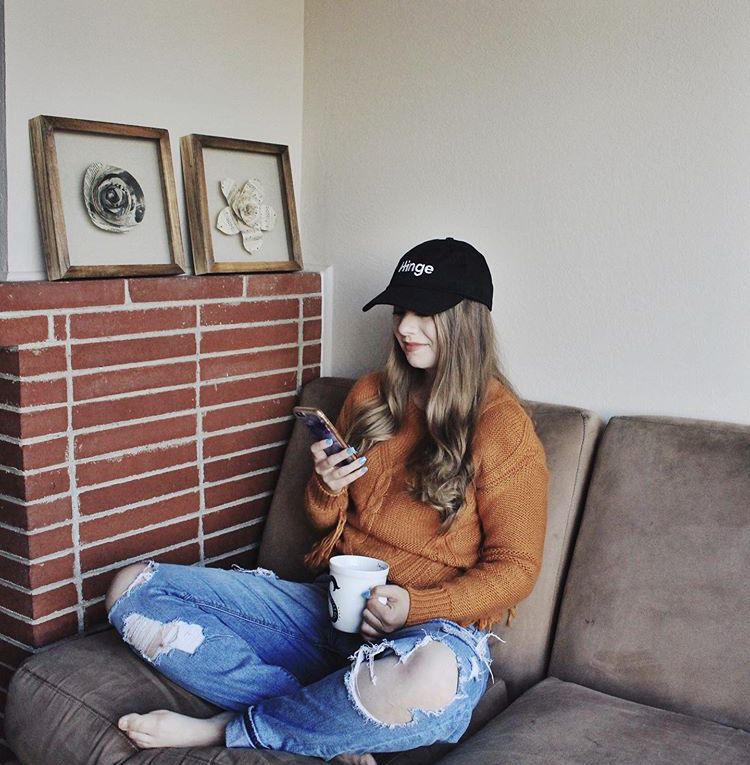
Or some other sort of budgeting app that you can link to your bank account and allow to do all the work of sorting for you.
Mint is great and pretty user-friendly and will really break down what you were spending your money on in 2019. I’m sure if you’re like me you can probably guess where the majority of your income goes (food, makeup, bills, etc.) but you also might be surprised just how much you’re spending on certain things each month.
Let this show you where you’re overdoing it so you can get an idea of where you’re overspending. That way you can really target the areas of your budget you need to buckle down on.
SET YOUR BUDGET THE LOWEST IT CAN GO
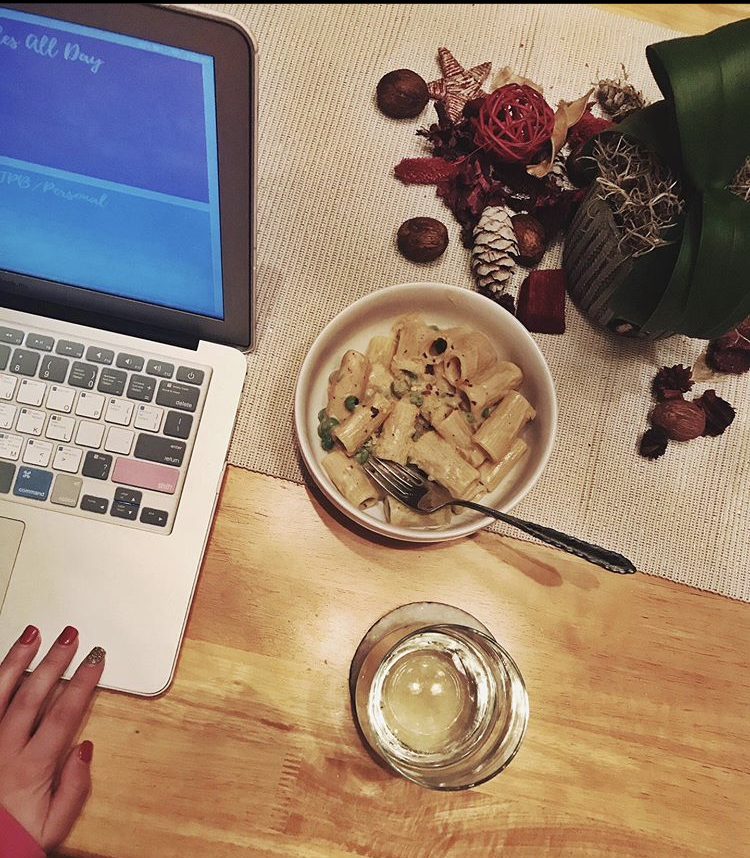
If you work a typical 9-5 this will probably be easy for you to do but if you’re like me and you have more of an unconventional income stream (freelance, side hustles, etc.) then you may have to do some calculating.
Obviously, we all like to be positive and set goals and push ourselves but when it comes to your money it’s always best to play it safe. Don’t create a dream budget, create a realistic one. Figure out what is the lowest you can possibly make in a month and use that as your baseline.
Once you have the lowest income amount you can create your budget around that. This way you’re always set up to have more than you need vs. struggling because your budget does not fit your income every month.
LIST YOUR ANNUAL EXPENSES
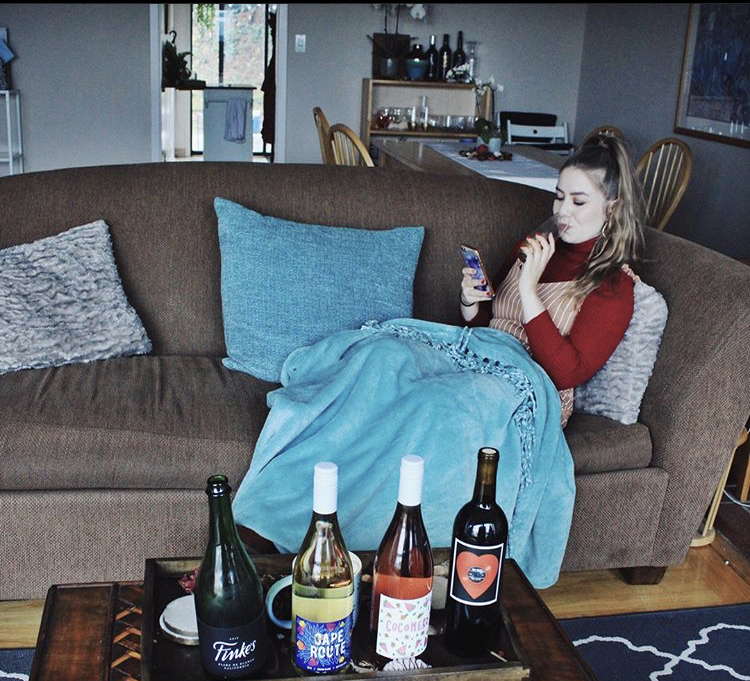
There’s always something that comes up during the year that leaves us going “why didn’t I think about that?!” so take a few minutes to really think about what type of annual expenses come up every year.
Do you usually pay taxes? Have a smog test coming up? Annual hosting fees for your website? Think about those expenses that only come up once or twice a year so you can take them into account when figuring out how much you want to save.
LIST BIRTHDAYS, HOLIDAYS, ETC.
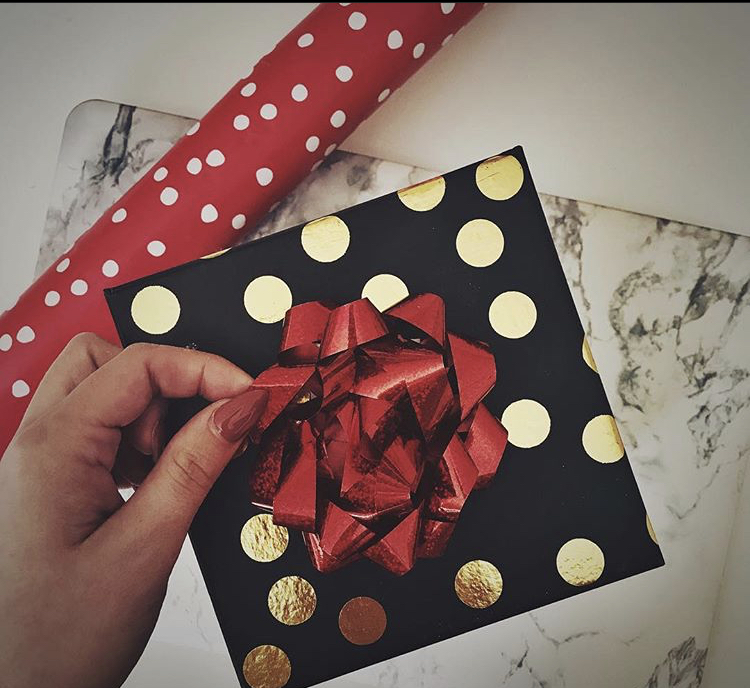
It’s also a good idea to think about all of the gifting expenses you’ll have. I always use to forget to include my friend’s birthdays in my budget so then when they would come around I would be overspending. Set a birthday and Christmas present budget for the year so they’re already included.
THEN LIST ALL OF THE YEARLY “FOR FUN” EXPENSES

Don’t forget about the fun stuff! Have any trips planned? Concerts, festivals or events? Obviously, these types of experiences can’t always be predicted and things will come up throughout the year but it’s a good idea to start by listing all of the things you know will be happening.
Also, this is where your shopping budget should go for things like clothes, makeup, and anything else you’re into that does not qualify as a necessity. Unless you literally have no clothes but something tells me if you’re following this blog that’s not the case. I like to set aside a certain amount for the beginning of each season to get a few new fashion items but if you want to have a little put aside to do some monthly shopping that’s up to you!
This will also allow you to make better decisions throughout the year because you’ll already know how much of your “for fun” budget is already reserved for other things.
NOTE DATES WHEN YOU MAY NOT GET PAID
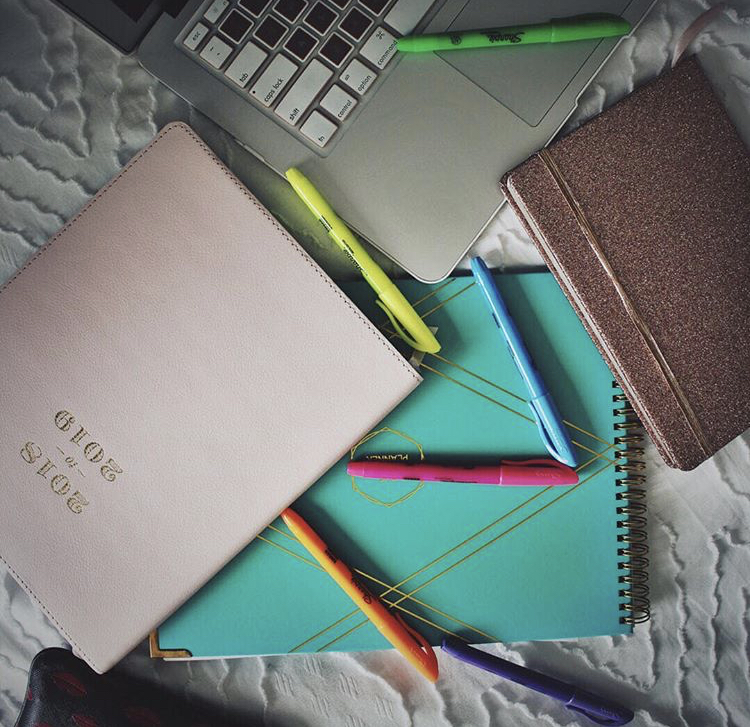
Do you have a surgery coming up and not that much sick time to bill? Will you be taking more time off for a trip than your PTO hours will cover? Or if you’re freelance like me are there “slow seasons” in your business? All of this should be taken into account when planning your budget.
Having an emergency fund should be for just that; emergencies. If you know way ahead of time about times during the year when you won’t have work or you won’t be getting paid for some reason or another it’s a good idea to include that in your savings plan instead of just hoping for the best and then digging into your emergency fund in the moment. What if your car breaks down the next week and you’ve depleted that fund?
It’s always best to plan ahead!
START WITH THE NON-NEGOTIABLES
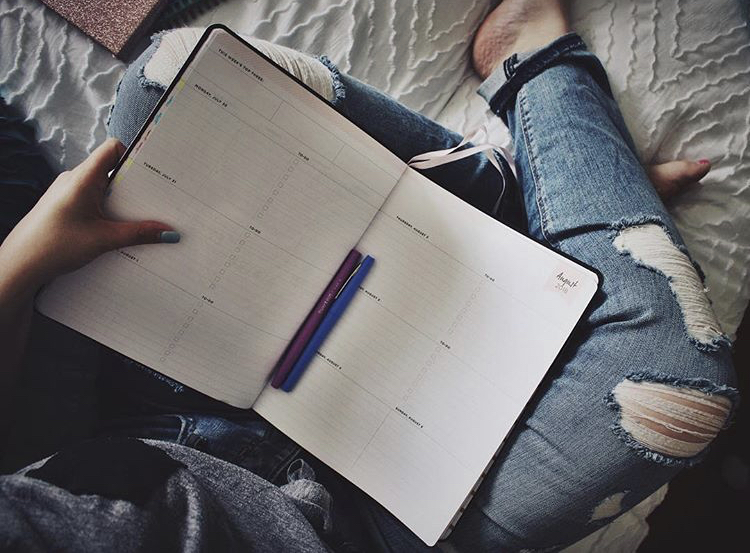
Okay, now that you’ve listed all of the annual expenses, trips, birthdays and everything else you can think of it’s time to start actually creating your budget.
Start with the non-negotiables. This includes rent, car payments, utilities, phone bills, etc. The things you must pay each month to continue living life as a functioning adult. Obviously credit card payments and student loans are non-negotiables too but I like to place them in their own category.
Make sure to note not only how much each of these items cost (duh) but also which dates they’re due each month.
THEN YOUR SAVINGS & DEBT
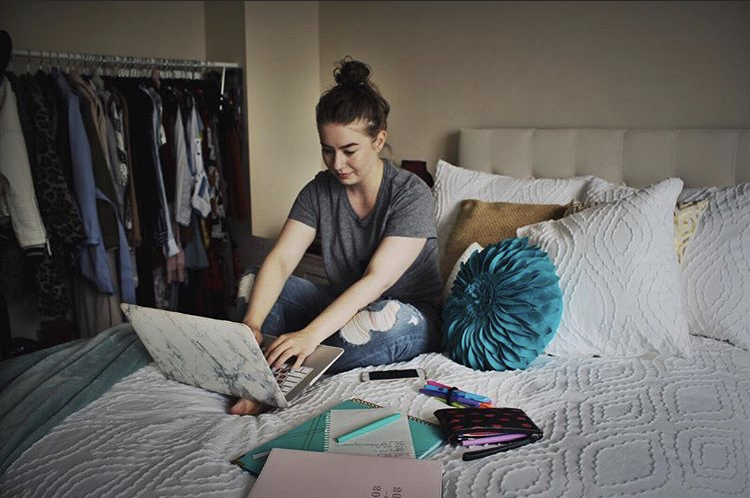
Now we get to the debt. Ideally, you’re hoping to actually pay it off and not continue to make the minimum payments while the interest racks up.
Start with your card or loan that has the highest interest rate and attack that bitch. You should be paying more than the minimum and as much as you can honestly to get this debt taken care of. Once that one is paid off (and by completing your yearly budget you’ll be able to see when exactly that will be!) move onto the next one. Obviously you’ll continue to make your minimum payments on your other accounts (if you have them) simultaneously.
When it comes to savings I like to separate them into three categories: emergency fund (car problems, medical emergencies, losing your job, etc.), fun stuff and yearly expenses (see above!). I think a good beginning goal for an emergency fund is $500-$1000 put away. If you’re freaking out about being able to save this amount and pay off your debt I would do this before you start paying more than the minimum on your debt so that way if an emergency happens you won’t feel like you can’t make your payments.
If you’re in a lot of debt then consider stopping at the $1K mark for your savings until you’ve paid off enough of your debt.
If you feel pretty good about saving and paying off debt at the same time then calculate a total savings amount you can put away this year (start with your annual income and then subtract the non-negotiables, debt, etc. and see what’s left for savings) and decide how much you want to put aside in each category. You may prioritize your emergency fund this year and have less in your “fun stuff” category. It all depends on you and your situation.
THEN THE “FUN” STUFF

Speaking of the fun stuff, you’ll most likely need to make some adjustments. I always start off the year with grand plans of what I want to do but quickly realize that I am not always living within the realm of reality when it comes to planning lavish vacations and adding 30 items to my cart on Nordstrom.
Whatever is left over after your non-negotiables, debt and savings goes into this category. This not only includes shopping for things like clothes, gadgets and home decor but also things like getting your nails done, your workout classes, eating out and anything else that is not a life requirement.
I often refer to this as my “extras” category (I believe I got that from Nicole Lapin’s book Rich Bitch) so anything extra can go here. You do this one last so you know what you’re really working with after all of your financial priorities are taken care of and you can see what you should really be spending on these luxuries.
YOU MAY HAVE TO SAVE MORE SOME MONTHS

If you’re planning out your yearly budget this month (it’s January in case you don’t have a calendar or a phone or a life) then you might see that in March you have a trip planned or that in February you’re moving into your new apartment and need extra funds for the move. This may require you to save a lot more during the next couple of months than others.
So while you’re planning out your year keep this in mind and remember that you can’t always just have savings goals and divide it by 12. You have to pay attention to when you actually need that money and adjust your budget month by month accordingly. This might mean not getting your nails done or doing any shopping in the first two months of the year in order to save for your upcoming expense and then adjusting the amount you save down afterward to balance it out.
MAP OUT YOUR ENTIRE YEAR

I like to have a reference page (I’m a weirdo and write down my budget in a giant notebook but you can use this in google docs or wherever you’re putting it) with all of my different monthly expenses (birthdays, trips, taxes, etc.) at my fingertips so I can easily create my budget and update it throughout the year when things come up.
If I get invited to go to Napa for the week in May I can easily reference this page and realize, no can do because I already am going to a concert and paying my annual website hosting fee so it just wouldn’t be realistic.
MARK SOME MONTHS AS A “NO SPEND” MONTH

Like I mentioned before, you might have to cut down on spending during certain times of the year to make sure you’re saving enough for the expenses that are coming up sooner than others.
A great way to do this is to mark certain months throughout the year as “no spend” months, meaning that you won’t be spending money on anything that isn’t a necessity that month.
If you know ahead of time that you’re planning on not spending it will make it a lot easier to say no to the things that are out of your budget. Also, if you’re like me and have a more flexible career in terms of income, you can use this as motivation to earn more. Call it a no spend month unless you bring in a certain amount and then you can use that for whatever you’d like.
MAKE AN “EXTENDED” BUDGET

Remember how I said your budget should be based off of the lowest amount you can possibly make? Well, chances are you will earn more than that at some point throughout the year. Or maybe you’ll be gifted cash or find money in your jeans pocket or something. Whatever the case may be, you should have a plan for it.
I like to make a less detailed but still fairly specific second budget that’s an extended version of my actual budget. This is my “extended” budget where I plan out where any extra income will go. For me it’s usually towards student loans, then savings and then fun stuff but it can also change depending on what I have going on that month. Look at your year month by month and decided where any extra funds will go. This will also be great motivation to either earn more or save more the month prior!
TRACK YOUR SPENDING DAILY

A budget is just a plan so if you don’t actually execute it then it’s not going to help you at all. A great way to stay on top of your spending is to track where your money goes everyday.
I start a new note in my phone every month and each day list everything I spent money on. Whether it’s $4 for parking on the street during my pilates class, an iced coffee or my phone bill. I write it down. This has been so helpful during the times where I’ve been confused about why I have less than I thought because I can just scroll back and look. I pay for a lot of things during my day to day life in cash so I can’t always rely on just reviewing my bank account.
This also has prevented me from overspending. Being in the habit of writing down my purchases makes me really think about what it is I’m buying and if I really need it. It’s also easy to take a quick look and realize that I’ve already spent too much on a certain category in my budget that week so I probably should say no to this one.
It will make you much more intentional. Every Sunday I go through the week’s purchases and figure out where I over or underspent so I can go into the next week understanding where I’m at.

I hope you found this helpful! I’m obviously not at all a financial expert but I’ve really learned how to create a system that works for me and get my life together so I’m hoping some of these tips will work for you as well.
Thanks for reading!
Xo,
She



